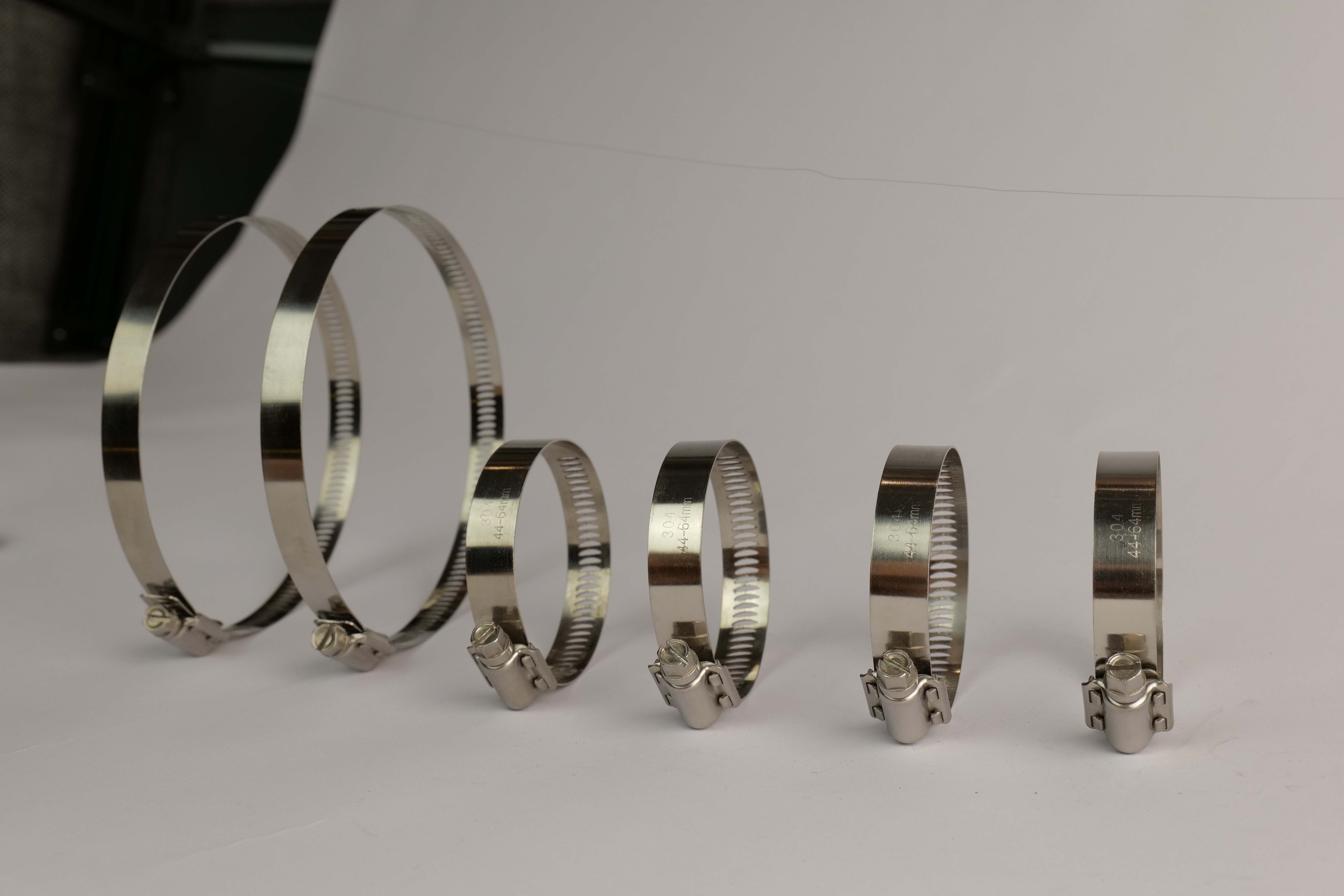- Phone:+86-17331948172 +86-0319-8862898
- E-mail: inquiry@puxingclamp.com
Nov . 24, 2024 03:49 Back to list
different styles of hose clamps factories
Different Styles of Hose Clamps in Factories An Overview
Hose clamps play a crucial role in various industrial applications, ensuring secure connections between hoses, pipes, and fittings. These essential components help maintain the integrity of fluid systems, preventing leaks and enhancing safety. In factories and manufacturing settings, different styles of hose clamps are used depending on the specific requirements of the application. This article will explore some of the most common styles of hose clamps utilized in factories, highlighting their features, benefits, and typical applications.
1. Screw-Type Hose Clamps
The screw-type hose clamp is perhaps the most widely recognized and used style in industrial settings. Comprised of a metal band with a screw mechanism, this clamp allows for easy adjustment to fit various hose diameters. The simplicity of design provides reliable connectivity for hoses that transport liquids or gases. One of the main advantages of screw-type clamps is their reusability and easy installation. They are commonly used in automotive, plumbing, and agricultural applications.
2. Spring Clamps
Spring clamps are another common type of hose clamp, characterized by their spring-loaded design that automatically adjusts to changes in hose size due to temperature fluctuations. These clamps provide consistent pressure around the hose, ensuring a leak-free seal. Their ease of installation makes them a favored choice in assembly lines and automatic operations where time efficiency is critical. Spring clamps are particularly useful in environments where vibration and movement might otherwise dislodge traditional clamps.
3. Wire Clamps
different styles of hose clamps factories

Wire clamps, also known as wire lock clamps, consist of a wire loop designed to secure hoses in place. This style of clamp is lightweight and can be easily manufactured, making it a cost-effective choice for many factories. Wire clamps provide sufficient flexibility for applications with varying hose sizes and are commonly found in agricultural machinery, HVAC systems, and other industrial setups. However, they may not be as durable as some heavier-duty alternatives, particularly in high-pressure applications.
4. T-Bolt Clamps
For high-pressure applications, T-bolt clamps are often the preferred choice. Made from robust materials, these clamps feature a T-shaped bolt that offers strong and uniform pressure around the hose. Their ability to maintain a strong grip makes them ideal for large diameter hoses in high-pressure systems, such as those in the automotive and aerospace industries. Additionally, T-bolt clamps can be easily adjusted for the desired tightness, allowing for quick installation and maintenance.
5. Cambiable Bands (Adjustable Clamps)
Cambiable bands, or adjustable clamps, are designed for versatility. These clamps can be adapted to different hose sizes by sliding the band to the desired diameter before tightening. Their key advantage lies in their flexibility, making them suitable for various applications. Typically found in chemical processing plants and manufacturing facilities, adjustable clamps help accommodate the diverse needs of different hoses and fittings.
Conclusion
In summary, the choice of hose clamp style in factories is influenced by various factors, including the type of hose, the environment in which it operates, and specific application requirements. From screw-type to T-bolt and adjustable clamps, each style offers unique benefits and applications that cater to industrial needs. Understanding the differences among these hose clamps enables manufacturers to make informed decisions, ensuring system integrity and operational efficiency. As industries continue to evolve, the development of more advanced hose clamp technologies will undoubtedly shape the future of fluid management systems.
-
Large Stainless Steel Adjustable American Type Hose Clamp - Hebei Pux Alloy | Corrosion Resistance, Adjustable Design
NewsAug.03,2025
-
Large Stainless Steel Adjustable American Type Hose Clamp - Hebei Pux Alloy Technology Co., Ltd | Corrosion Resistance, Adjustable Design
NewsAug.03,2025
-
Premium Stainless Steel Strip Coil | Durable & Rust-Resistant
NewsAug.03,2025
-
Large Stainless Steel Adjustable American Type Hose Clamp - Hebei Pux Alloy Technology Co., Ltd
NewsAug.03,2025
-
Large Stainless Steel Adjustable American Type Hose Clamp - Hebei Pux Alloy Technology Co., Ltd
NewsAug.02,2025
-
Large Stainless Steel Adjustable American Type Hose Clamp - Hebei Pux Alloy Technology Co., Ltd
NewsAug.02,2025




